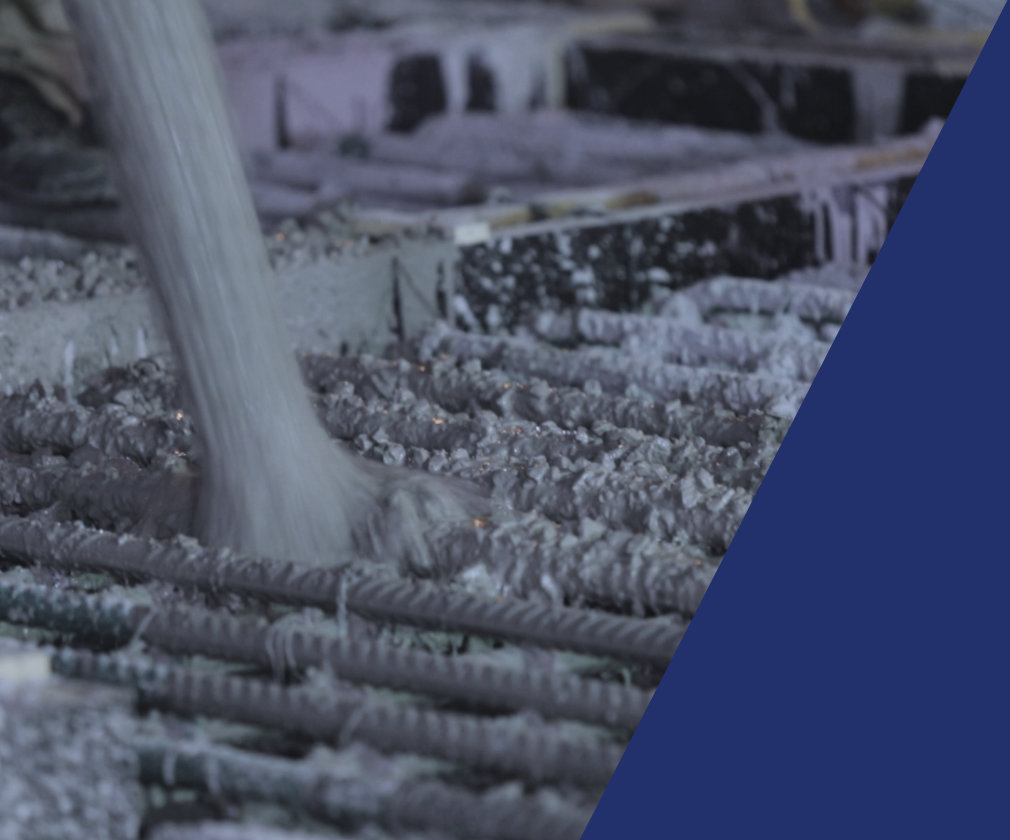Dec 17, 2019

Concrete is one of the most widely used materials in the world and is using Cement as one of the main raw materials. Unfortunately, the manufacturing of Cement contributes between 5 to 10% of the total global Carbon Dioxide emission annually. In the last few decades the contribution of Carbon Dioxide to climate change has alerted the scientific community, governments and people to the urgent need of reducing the emissions.
The cement industry has done amazing work in reducing the emissions of CO2 from the cement factories. More efficient burning and grinding technologies have reduced the amount of CO2 emitted by the production of 1 ton of Ordinary Portland Cement (OPC) by more than 50%, compared to the beginning of the industry, more than a century ago.
Still the fact remains that we cannot overcome the limitations of the basic chemical reaction that governs the manufacture of OPC by which Limestone (CaCO3) is converted to Lime (CaO) with CO2 as an unwanted by-product, which is released into the atmosphere.

These days a ton of OPC will emit around 900kg of CO2. on average.
This means that a single cubic meter of concrete, incorporating only OPC, will have emitted the equivalent of 500-400 kg of CO2. This number includes not only the emissions from OPC, but also the extraction and use of other raw materials and all the transportation.
So what can we do?
There are many ideas and main approaches that are used around the world or are being developed in laboratories. In our current market these is what Saudi Readymix is doing.
• Using as much waste material as we possibly can to replace Ordinary Portland Cement. Materials such as Fly Ash and Ground Granulated Blastfurnaced Slag would have been thrown away, dumped or buried as waste. By using them in our concrete mixes we are recycling them into something useful. It is also great, that mixes with FA or GGBS create a more durable, better concrete.
• The production of concretes with high durability has another effect in the long–term sustainability of a building. It will need fewer repairs and will have a much longer lifetime, making it a far more environmentally attractive proposition in the long term.
• Using high levels of superplasticers. This allow us to use the minimum water amount for our concrete and get the maximum strengths. We can make concretes with very high strengths with the minimum of cement!
There are a lot of other ideas that we might try: Recycling aggregates, recycling water, using novel cements with very little OPC etc. Unfortunately lack of industry experience and proper specifications exclude these solutions from use in our factories.
The best way to see if a concrete mix is environmentally friendly is to measure how much Carbon Dioxide is emitted during its manufacture. This is also known as the CO2 footprint of concrete.

A normal concrete can be redesigned at exactly the same strength level to have a 300% reduction of its CO2 emissions by using a triple blend. The resulting mix will also have a far higher durability and longer service life. Software simulation programmes predict that this triple blend will last 5 times longer than the normal concrete, sometimes as high as 200 years!

The global ready mix industry is working towards significantly reducing the usage of OPC. The graph below shows the different cements sold in Europe in 2015. (source CEMBUREAU)

Less than 30% of the total volume is OPC (CEM I in European Standards), with the rest being blended cements of one type or another. Even when OPC is sold, it is probable that it will be mixed with Fly Ash or GGBS in the Ready mix plant. Very little concrete in Europe, produced only with OPC, will reach the final customer.
In the last few years we have covered a lot of ground in Saudi Readymix!

We have managed to reduce our OPC consumption by 10% in the last 5 years. Compared to many other countries this is a process that has taken many decades.
By doing this we have managed to save more than 500,000 tonnes of CO2!